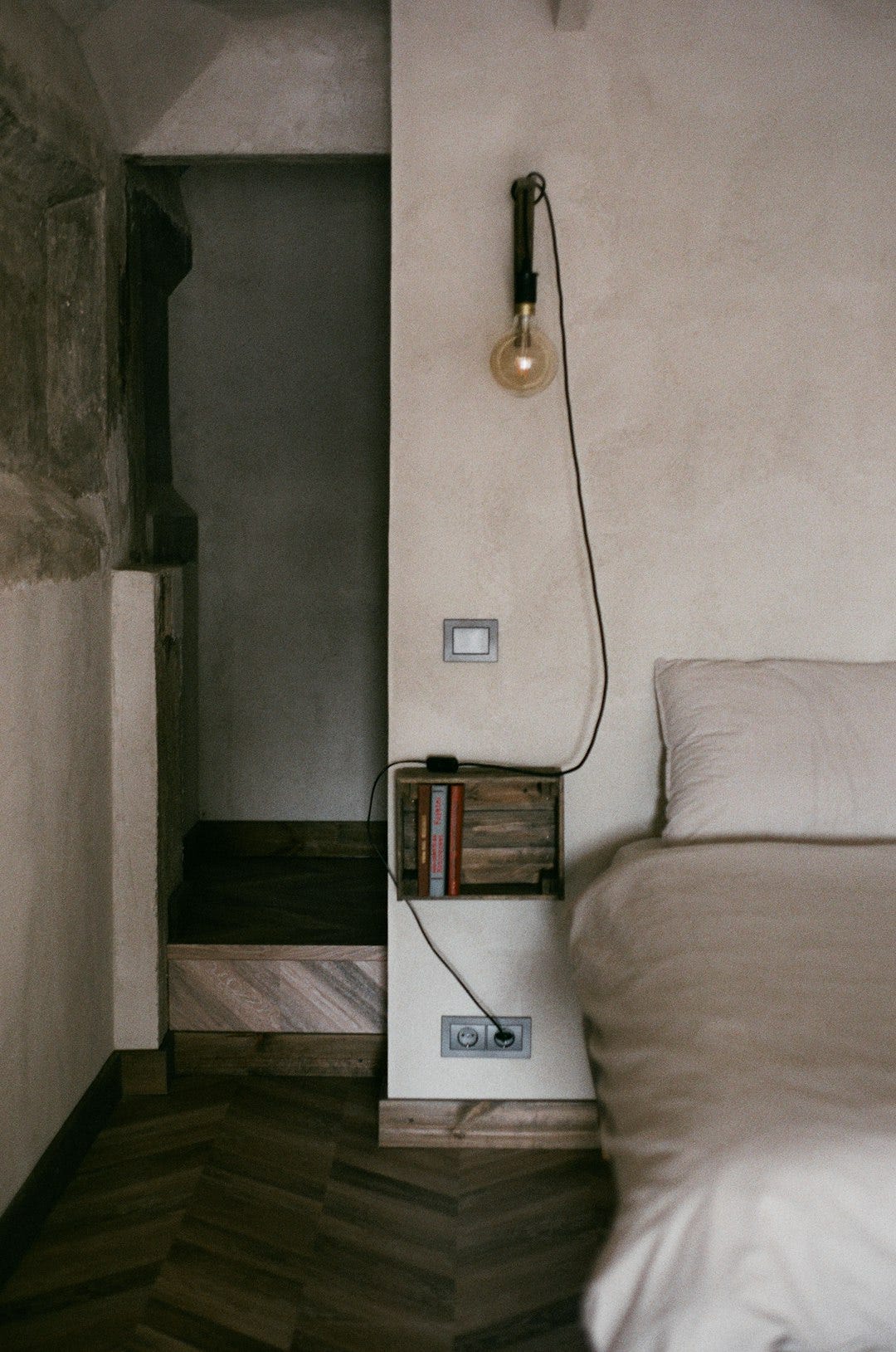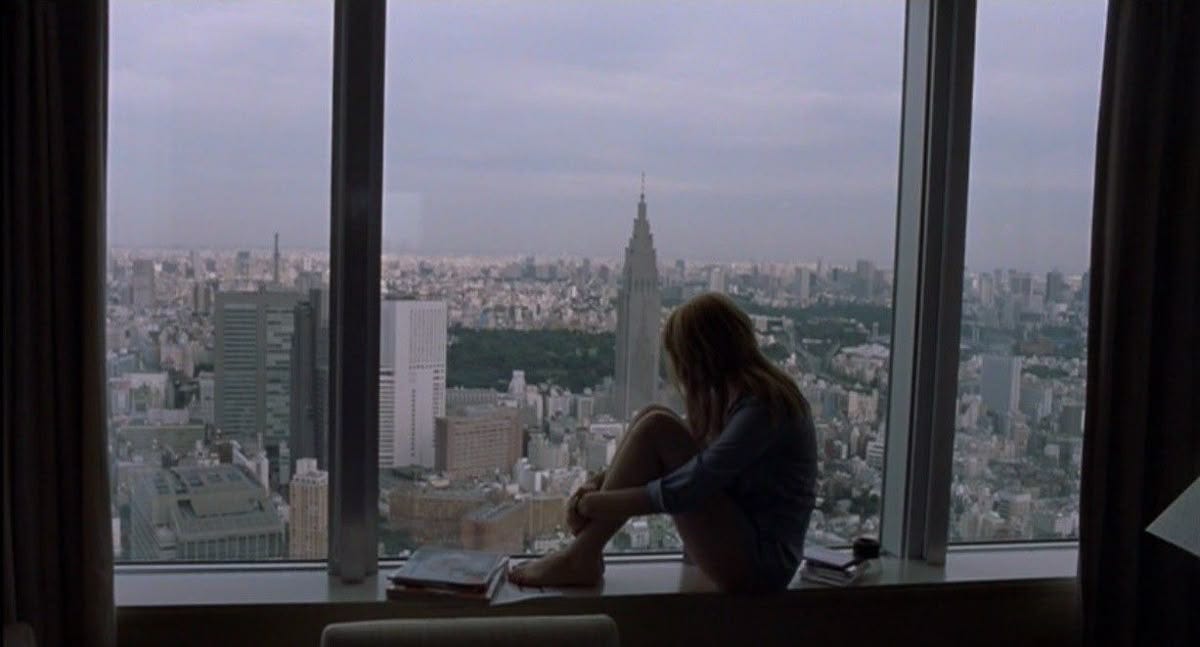Our places of dwelling are ordinary places we pass through every day, and they shape our nervous system far more than we notice.
For instance, I’m always hyperactive, have too little time and too much to do. I have too many ideas, too many passions, and too many things.
Collecting books is one such passion, and one of my oldest. And I have always had more space for them in my heart than in my shelves. Collecting diaries is another — found scattered, doodled, scribbled in, or untouched. Stationary is fated to become decorative trinkets or fillers for storage boxes. Clothing stick around for nostalgia, and bottles of lotions — each designed for a different emergency — is a habit inherited from three generations of women in my family.
As for the necessities — they occupied a puny piece of the pie.
In essence, I had a nonexistent relationship with empty spaces.
Before continuing, a disclaimer feels necessary:
There is a certain well-intentioned group that considers tidiness a personal identity marker. By no means am I joining any club of condescension.
There is nothing virtuous about tidiness when it is only possible with the existence of time, stability, money, bandwidth, or number of interests. Moralizing orderliness is self-righteousness — and worse than clutter.
Einstein, Freud, Woolf, Twain, Edison, and more — lived among materially dense personal spaces. Orwell and Jobs on the other hand — didn’t.
It’s a way of life. When one has too much going on, it shows — and when one doesn’t, it likely doesn’t (exceptions aside). Myers Briggs have shown both introverts and extroverts to be equally effective leaders, albeit with starkly different styles and approaches. No one way is superior.
I am writing about that either. My hope here is a pragmatic but philosophical piece on spaces.
I know plenty of brilliantly organized souls whose lives are swollen with belongings — impressively and tidily placed. A well-organized space can also ooze chaotic energy when encumbered with excess and other no room to breathe.
I am not interested in a discourse of organization. What I am interested in is the notion of befriending emptiness in life — a serendipitous philosophy I sowed into my life not long ago.
Last year, I moved into a small apartment in a new building with tons of existing amenities and got rid of three quarters of my possessions. It felt like three quarters of stress had left my body.
Six months later, nearly everything in my apartment was something I needed and all else had gone to Goodwill.
Maintaining empty spaces is a difficult feat for most given the relentless accumulation of life — but the benefits are hefty enough for the effort to be justified. That said, it must come after an understanding of felt empty spaces. That’s why I refer to it as a philosophy rather than a process.
Japanese culture fosters a deep connection between empty spaces and a functional lifestyle. The Japanese ink painting uses the white space as its ink more than the ink. Emptiness is part of the structure. That’s where Zen Buddhism and Marie Kondo hail from. Having had to study them this past year, here is how I fell in love with emptiness at my new place:
1. Clear one surface and keep one thing on it
Put back one object that sparks joy — a lamp, a book, a candle. Notice how the room exhales. And don’t forget to exhale with it.
Thoreau warned, “Our life is frittered away by detail. Simplify, simplify.”
2. Leave space for ma
Choose one wall, shelf, or corner and let it stay completely blank for a week.
The Japanese concept of ma means gap, pause, or space — it’s the interval that makes form possible. And it’s absolutely essential.
A blank wall, an empty corner, a bare stretch of dresser: allow a room to breathe.
3. Remove “work” from bedroom
Take a basket and remove anything that feels like work and asking something of you — laundry, unopened mail, gadgets.
Every object whispers and demands: dust me, fold me, fix me — pick me, choose me, love me.
Even if you ignore it — it’s still a stimulus.
4. Choose your main characters using the danshari method
To create true intimacy, let a few objects stand out — but choose the objects wisely. They must be meaningful objects. On any surface, allow only three objects at most. A lamp, a plant, and a book are enough. Let those be the main characters in your room.
In The Great Gatsby, the mansion overflows with silk, wine, and gold — yet no one inhabits it.
Abundance without intimacy is another kind of emptiness altogether — not the kind we want.
In Lost in Translation, the sparse Tokyo hotel rooms — one bed, one chair, one suitcase — create an intimacy through absence, without which, the characters wouldn’t find themselves.
Like people, things have energy and can also be wrong for you. Try the Marie Kondo method and keep what sparks joy.
5. Embrace wabi-sabi
Let one imperfect object remain on a cleared surface. Make sure it’s meaningful to you. Give it room to matter.
This is a great guide for what to decorate your bedroom with. Wabi-sabi tells us incompleteness and imperfection can be beautiful — so when picking an item, don’t be afraid of a chipped mug or a frayed blanket. These only shine when not drowned in excess.
As someone whose space, for the better part of her life, looked like Virginia Woolf’s piles — I felt that I was well-positioned to write this essay. I am understanding of chaos.
The principle of doing things at my own pace, one thing at a time, has saved me and made it possible to experience the sweetness of emptiness.
As Daoism says, “A journey of a thousand miles begins with a single step.” It takes time to build.
Begin with one surface, one corner, one pause. Then move to the next. You’ll have moved mountains before you realize it.
This is in fact why I call my publication what I do.
You cannot live any philosophy of life — even emptiness — overnight. Starting slow and small is the only sustainable road.
After almost two years of slow, deep, patient emptying, I continue to regularly remove my possessions — and eagerly await, with butterflies in my stomach, the empty spaces it creates.
It’s a love affair I did not see coming and intercalating it into my life has been a delicious slow burn. I hope you get to try it.











I always questioned why I am always confused, so many tasks and just 24 hrs to complete them. Thought it's just my mind and my habit of picking up more than required passions but never realised that the horrific condition of my room was playing a subtle role in shaping my dilemma.
This is super interesting. I'm definitely a cluttered person sometimes.